Sea Otter 2012: Cervelo boss launches Open mountain bike brand
New O-1.0 claimed to be lightest 29er hardtail available
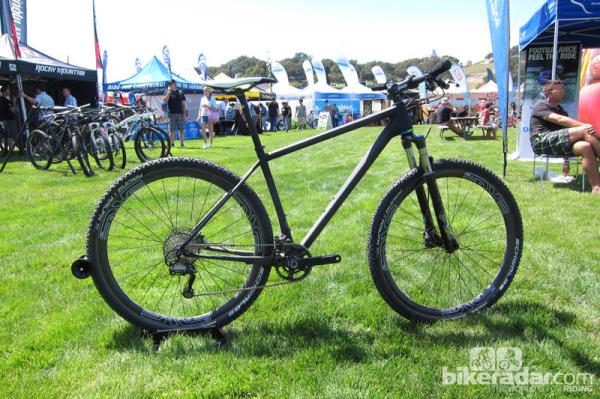
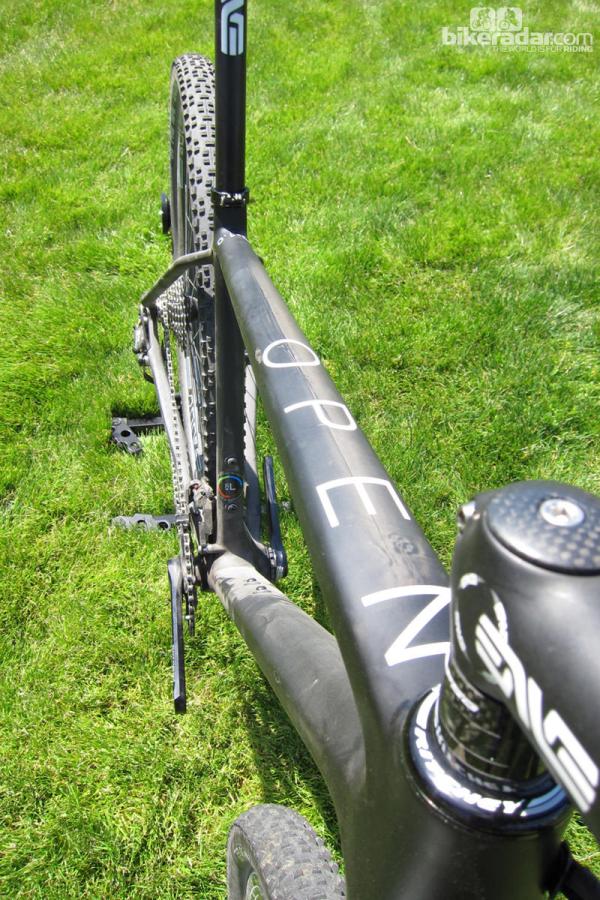
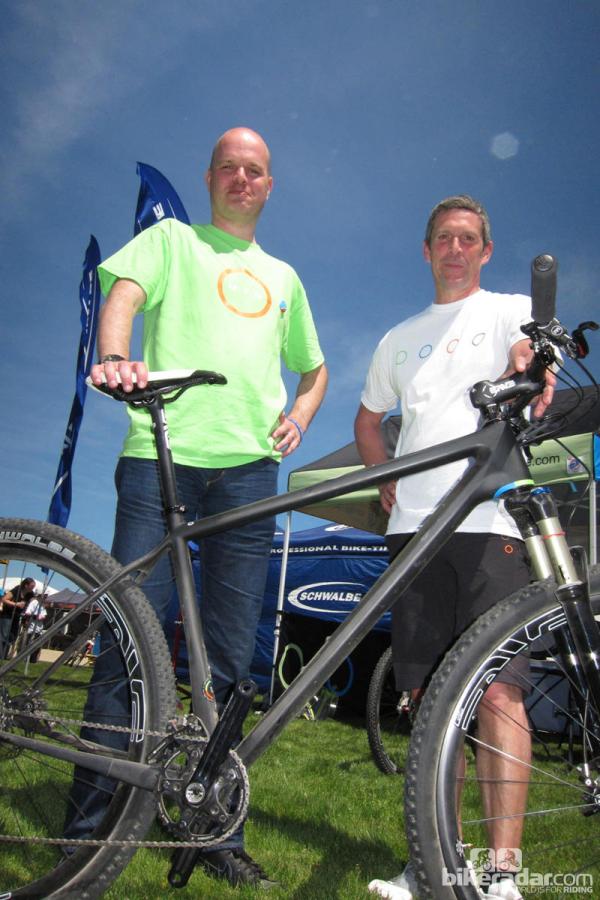
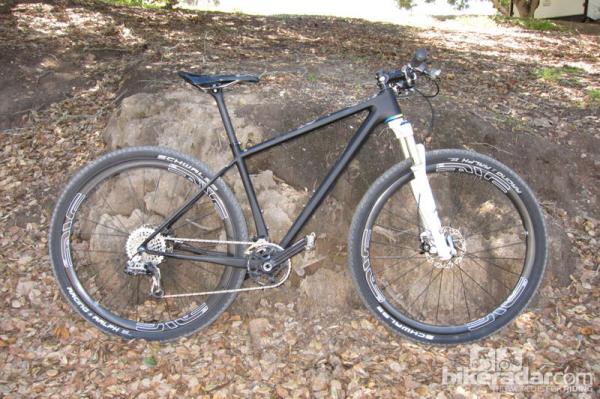
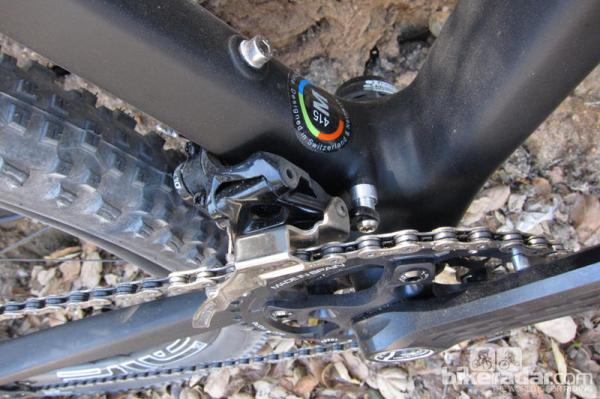
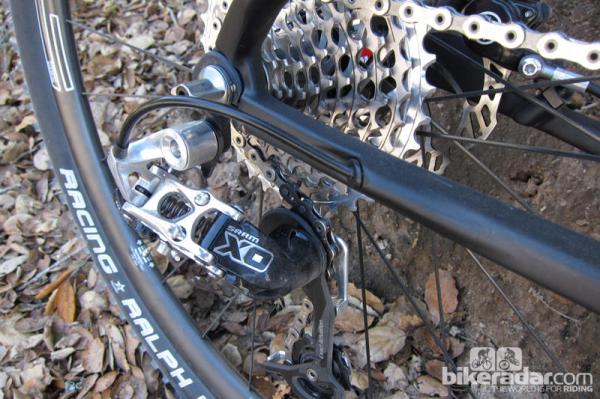
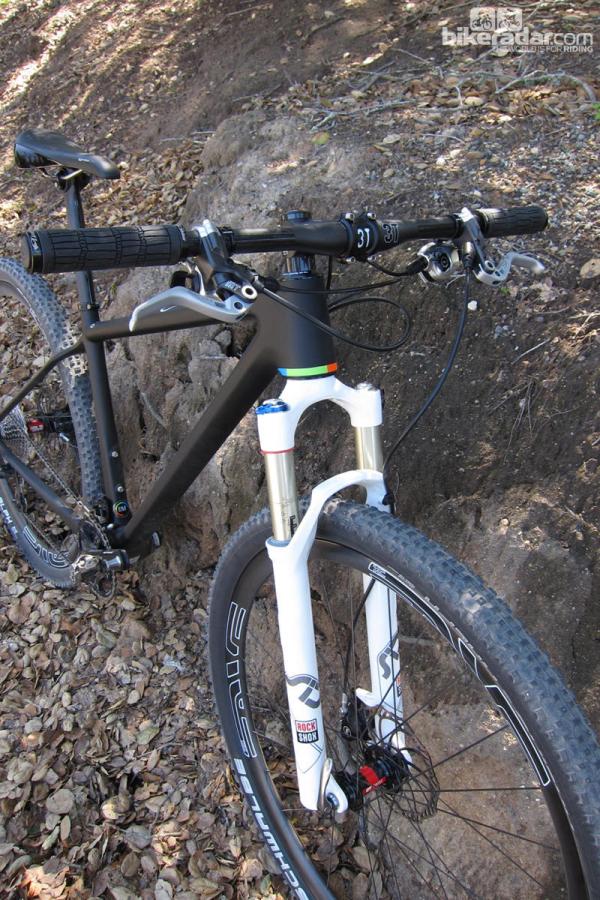
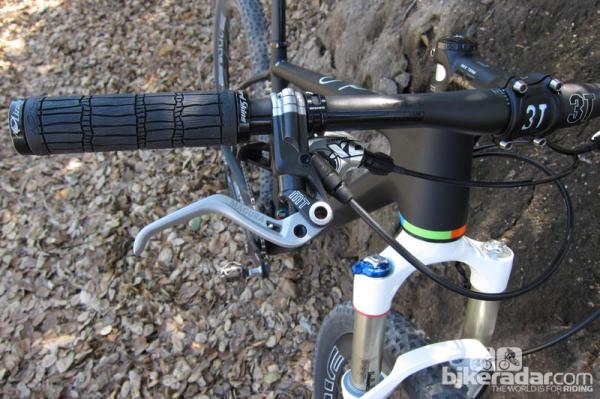
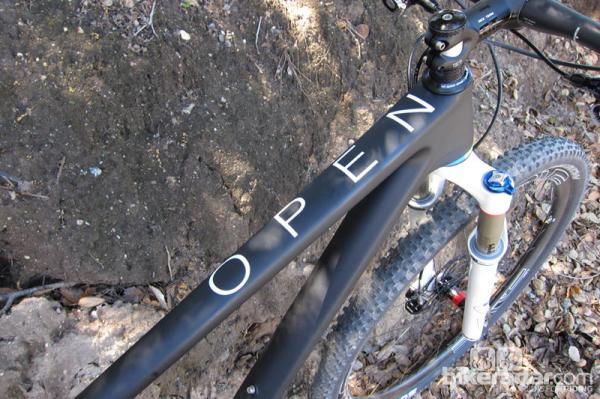
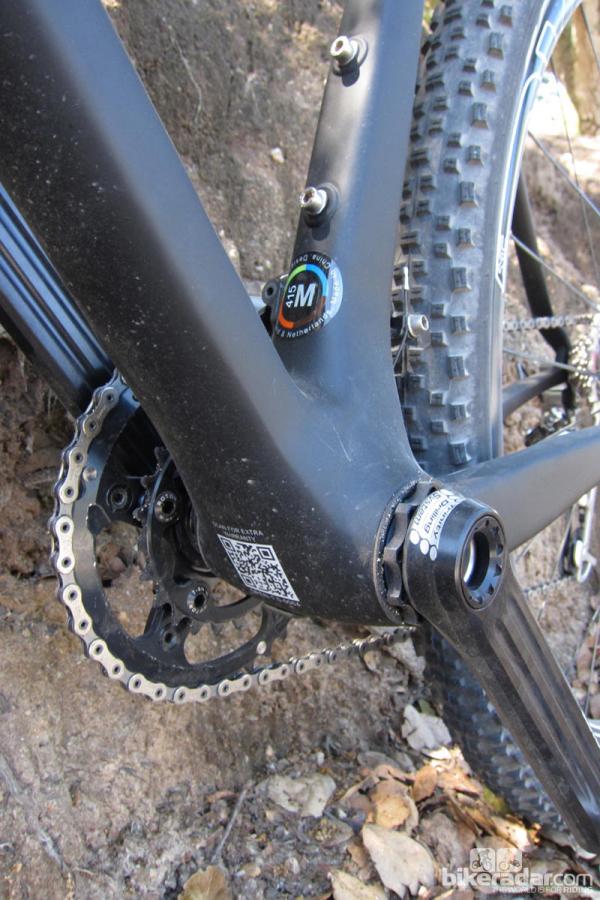
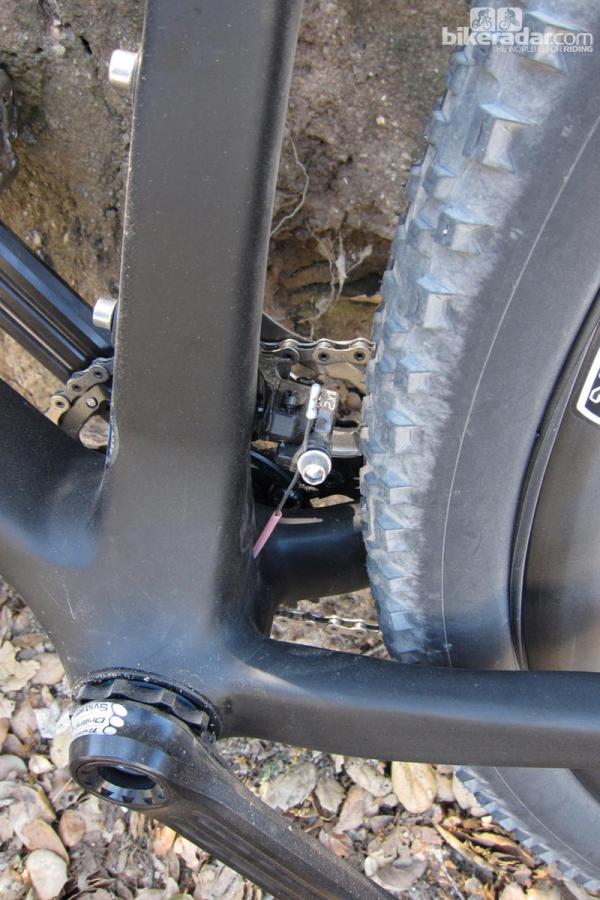
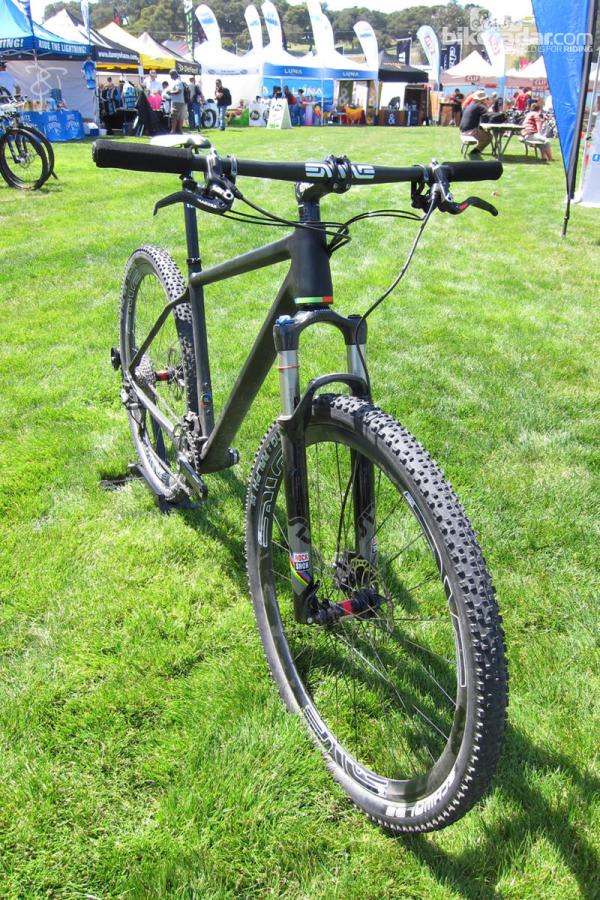
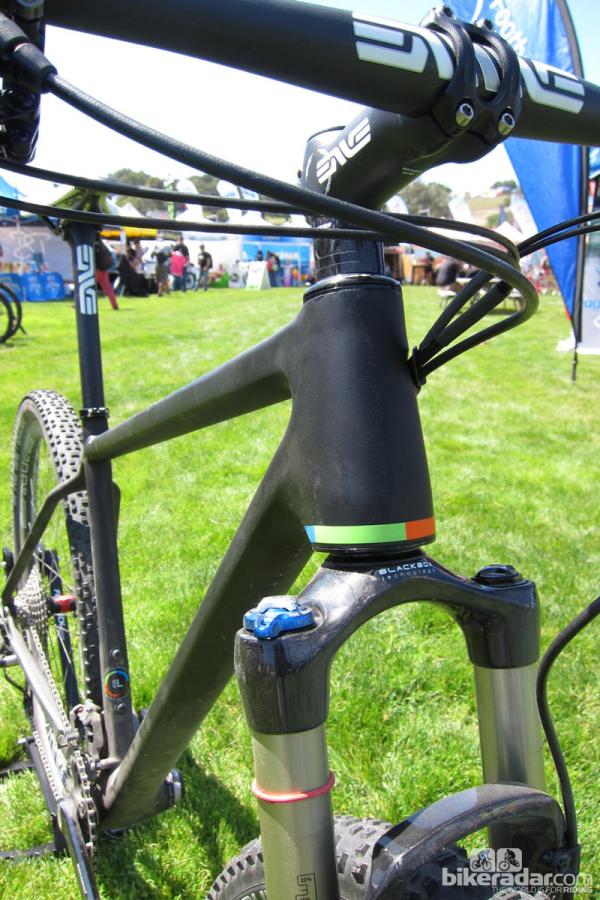
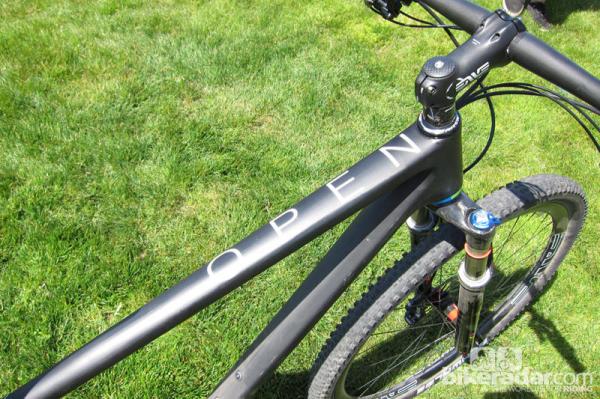
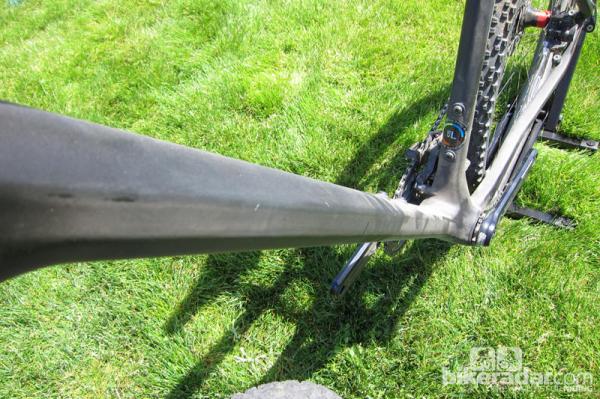
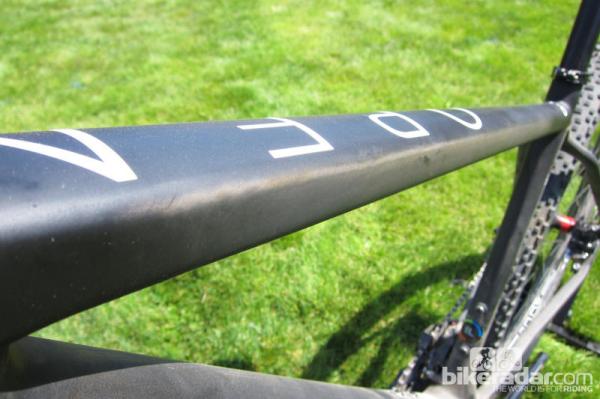
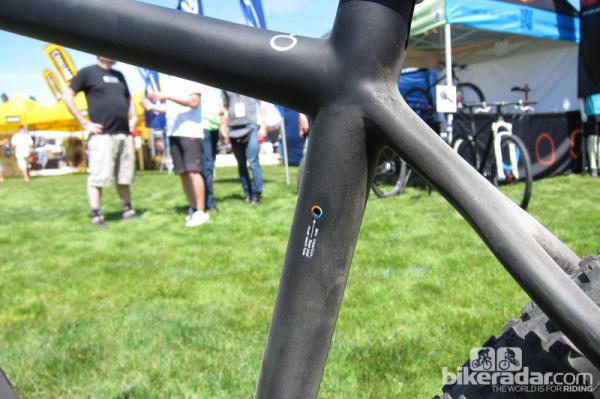
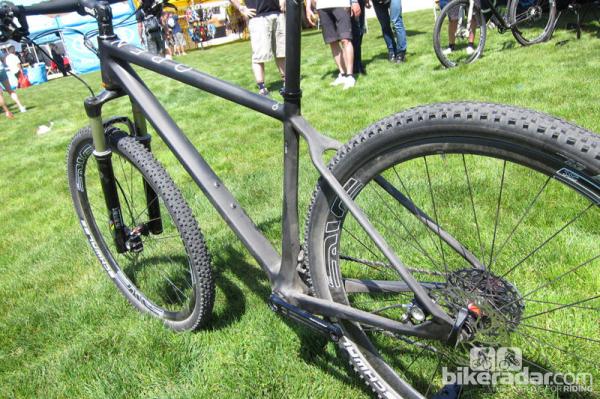
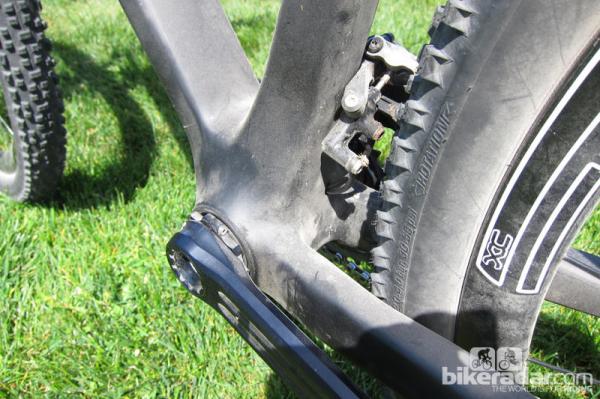
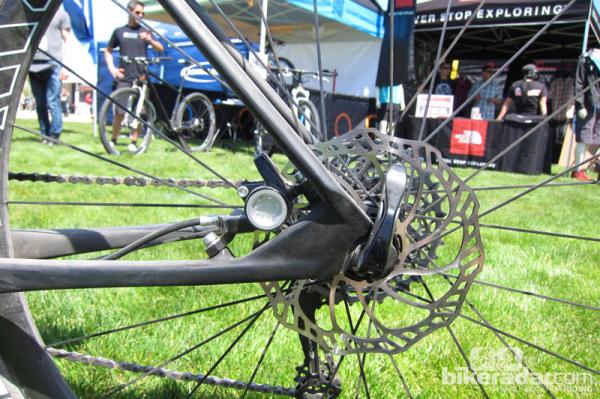
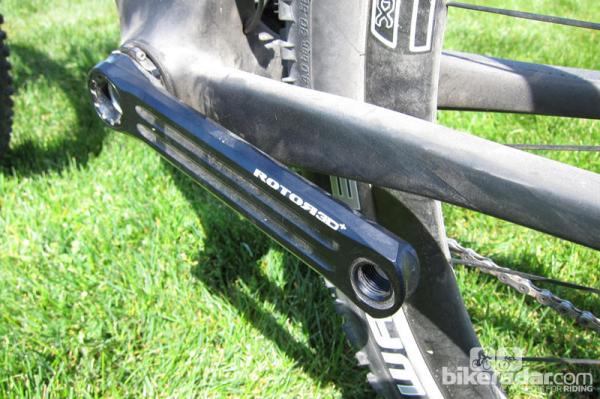
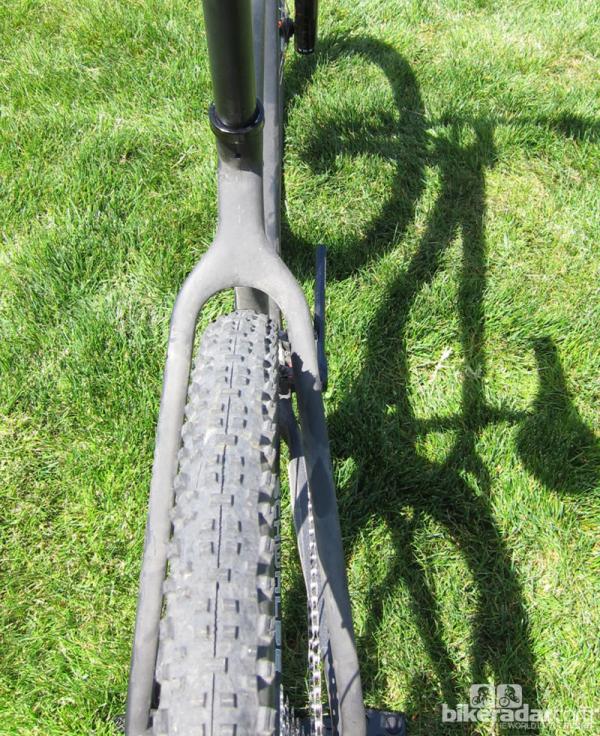
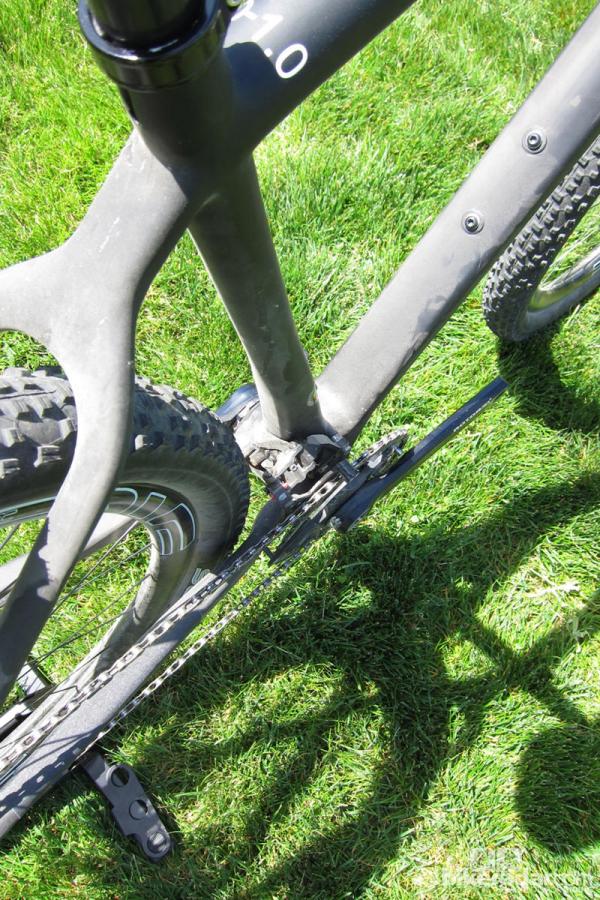
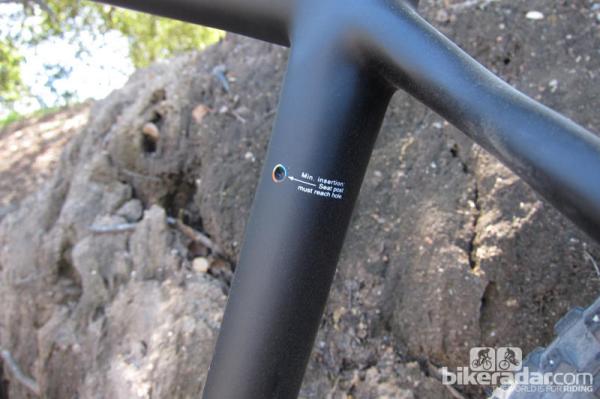
This article originally published on BikeRadar
Sea Otter 2012: Felt Edict Nine 29er unveiled
Sea Otter 2012: Raleigh goes with disc brakes for 2013 RXC Pro
Sea Otter 2012: Ibis skips 29ers, moves on to the 59er
Sea Otter 2012: Specialized offers up a blast from the past
Sea Otter 2012: Trek teams shows plenty of prototypes
Sea Otter 2012: Praxis Works add new chainrings and BB adapters
We wouldn't have pegged Cervélo co-founder Gerard Vroomen as a mountain biker, and we were amused to learn Andy Kessler (ex-BMC and ex-Cervélo sales manager) was a downhill racer back in the day. However, what's really interesting is how this formidable bike industry duo have partnered on a new brand called Open, which launched at this year's Sea Otter Classic with a 29in-wheeled race bike, the O-1.0.
Open claims the O-1.0 to be the lightest 29in hardtail frame available, with a weight of just 900g for the large sized frame with all of its accompanying hardware. We weighed the medium US$6,500/€5,800 production bike at 19.44lb/8.82kg, with SRAM X0, 3T and Magura components but upgraded ENVE wheels instead of the stock DT Swiss Spline 1600s.
There's also a limited production, no holds barred top-end build that includes ENVE wheels and Acros hydraulic shifting. That tips the scale at 19lb even (8.62kg) in the large size, but will leave your bank account – yes, it's past the point of lightening just your wallet – a whopping $12,000 (€11,000) lighter. This project isn't for the price sensitive. The frame alone will run $2,700 (€2,500).
While the weight is among the lightest out there, co-founder Gerard Vroomen says it's not the be-all and end-all, and that the integrity of the frame was their main concern. "The first targets are always stiffness and strength," he told Cyclingnews. "Whatever rolls out in weight is how it comes out."
Open is quite, well, open to ideas
Vroomen started the project a year ago – with former Cervélo partner Phil White's blessing – in collaboration with Kessler. "It's a good combination," he said. "I can concentrate on the design, engineering and communications, and Andy's really good at the sales and distribution side. So we decided we'd try to do this, and keep it small because the both of us have done things bigger than this, and while it's fun, it's also a lot of pressure. We wanted to do something that's as small as possible – just the two of us fits that bill."
Get The Leadout Newsletter
The latest race content, interviews, features, reviews and expert buying guides, direct to your inbox!
In the past few months, Vroomen and Kessler have spent considerable time traveling. "We did retailer meetings in Hong Kong, Switzerland, and we've gotten all of our retailers together to test ride, give us feedback not only on the product but as to how they'd like to see us set up the company that works for them as well," said Vroomen. "Last week was the first test ride with consumers but with the bike still disguised, and now we're showing the bike in its final form."
The bike's design was born in May 2011. Molds were cut by August and Open had the first prototype at Eurobike last year. Then over the course of the next six or so months it went through more than 10 layup iterations before it met ride quality, weight and strength goals. "You can do a lot of work on the computer, but in the end you have to build it, test it and see how it works," said Vroomen.
Open carries out their own testing and the O-1.0 has also passed German company EFBe's mountain bike testing protocol/process. "We're the lightest frame they've ever had pass their tests," said Vroomen. "That's a real large [size frame] with real paint and real hardware hanging on it."

Open co-founders Gerard Vroomen and Andy Kessler
The bike: O-1.0
"If you want to make a hardtail stiff and strong and light then you're not going to end up with a crazy shape where half the tubes are missing or something," said Vroomen. "You're locked into a design principle." As a result, the O-1.0 uses a traditional dual triangle layout but with plenty of attention paid to tube shapes and carbon layup.
The down tube capitalizes on the tapered head tube and the BBRight 84mm bottom bracket shell – which also accepts Shimano Hollowtech 2 and SRAM GXP cranks via adaptors – to be as large as possible. It also sports flattened sides, as does the top tube; Open runs hard-to-work-with ultra high modulus fibers down these flattened channels to further stiffen the chassis torsionally. "It doesn't like to go around bends, so you want to use it very strategically," said Vroomen of the material. "But also, around the head tube and everything we'd rather have tougher grades of carbon."
The seat tube is as narrow as possible so that it flexes to provide a degree of comfort (Vroomen says it flexes twice as much as the seat tube on the next lightest frame available) and a similar philosophy is applied to the design of the seatstays. The rear brake caliper is tucked into the dropout on the chainstay; this both allows the seatstay to flex and gives the brake better support. The chainstays are large, capitalizing on the size of the bottom bracket shell, and also asymmetric.
Attention has been paid to the details, too. Cable routing is fully internal, and compatible with standard cables, electric wires and even Acros's hydraulic lines. The front derailleur is fit via SRAM S-3/Shimano E-type direct mount, and Open provide a neat window in the seat tube to check minimum insertion of the seatpost.
Geometry wise, the O-1.0 has a fairly steep 71.5°-72.5° head tube angle range, middle-of-the-road 440mm chainstays and a modest 57mm bottom bracket drop. "A lot of 29ers have slack head tubes to create what people think is stable geometry, but it doesn't really work that way," said Vroomen. "You have a flopping front wheel and it's tough to go around corners. So [our] head tube is quite steep, which makes it very agile. It turns just as easily as a 26in bike but still at the descents it's nice and stable, which comes from the overall stiffness of the frame."
The O-1.0 is available in four sizes. Reach increases by 20mm per size and Open recommends a maximum increase of 10mm in stem length (stock stems are 80mm or 90mm) before stepping up to the next size. Head tubes range from 90mm to 135mm, stepping up by 15mm per size. Vroomen says the four frames cover the full range of sizes available from other brands.
A quick spin on the O-1.0
We took a medium sized Open out for a quick spin that amounted to four laps of the Sea Otter short track course, which is a reasonable real-world testing ground for a 19lb carbon hardtail. The bike struck us as plenty stiff, while also offering a nice balance between that efficient feel and doing a good job of muting both high frequency and high amplitude impacts.
While the ride quality felt on par with any other top carbon hardtail, the O-1.0 exhibited a decent amount of oversteer due to its steep head angle – we won't go so far as saying it's twitchy, but it's definitely quick. The mid-length chainstays did seem to offer some stability to the package, but also kept the front wheel planted when we were trying to wheelie or manual the bike. The O-1.0 doesn't handle poorly by any means, it just feels very different to the slacker 29ers being built by many of Open's competitors.